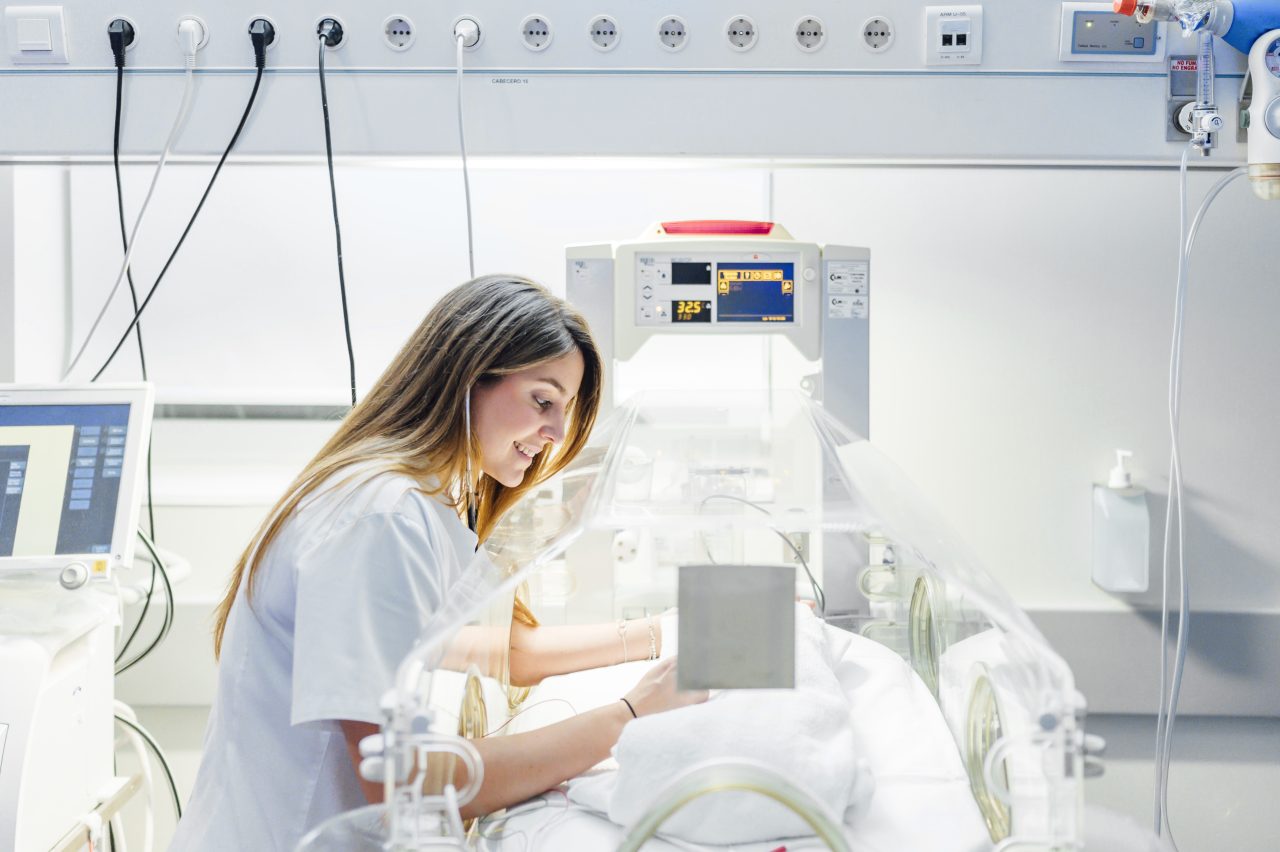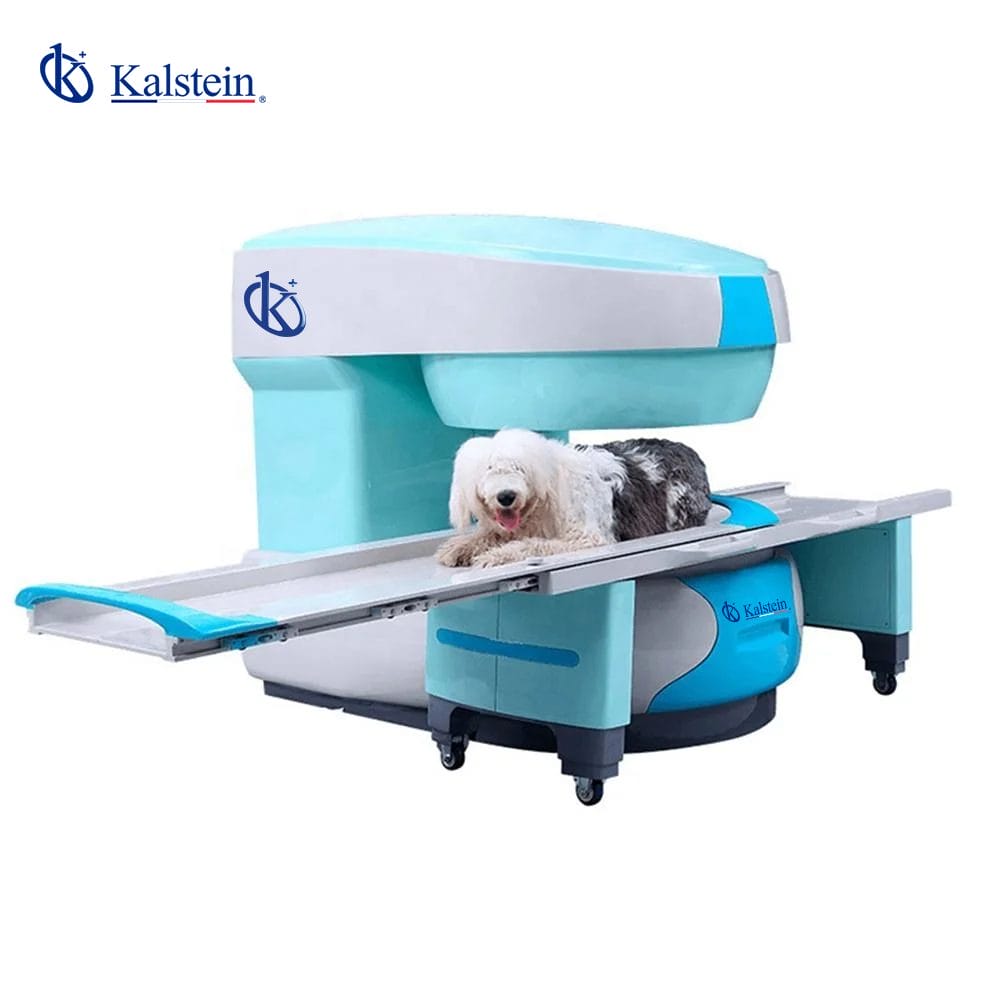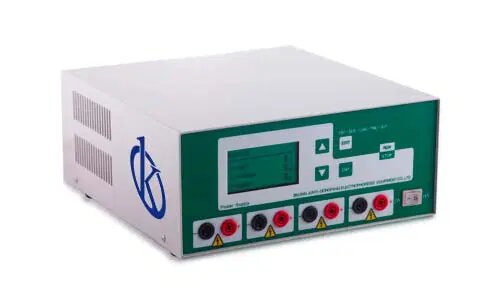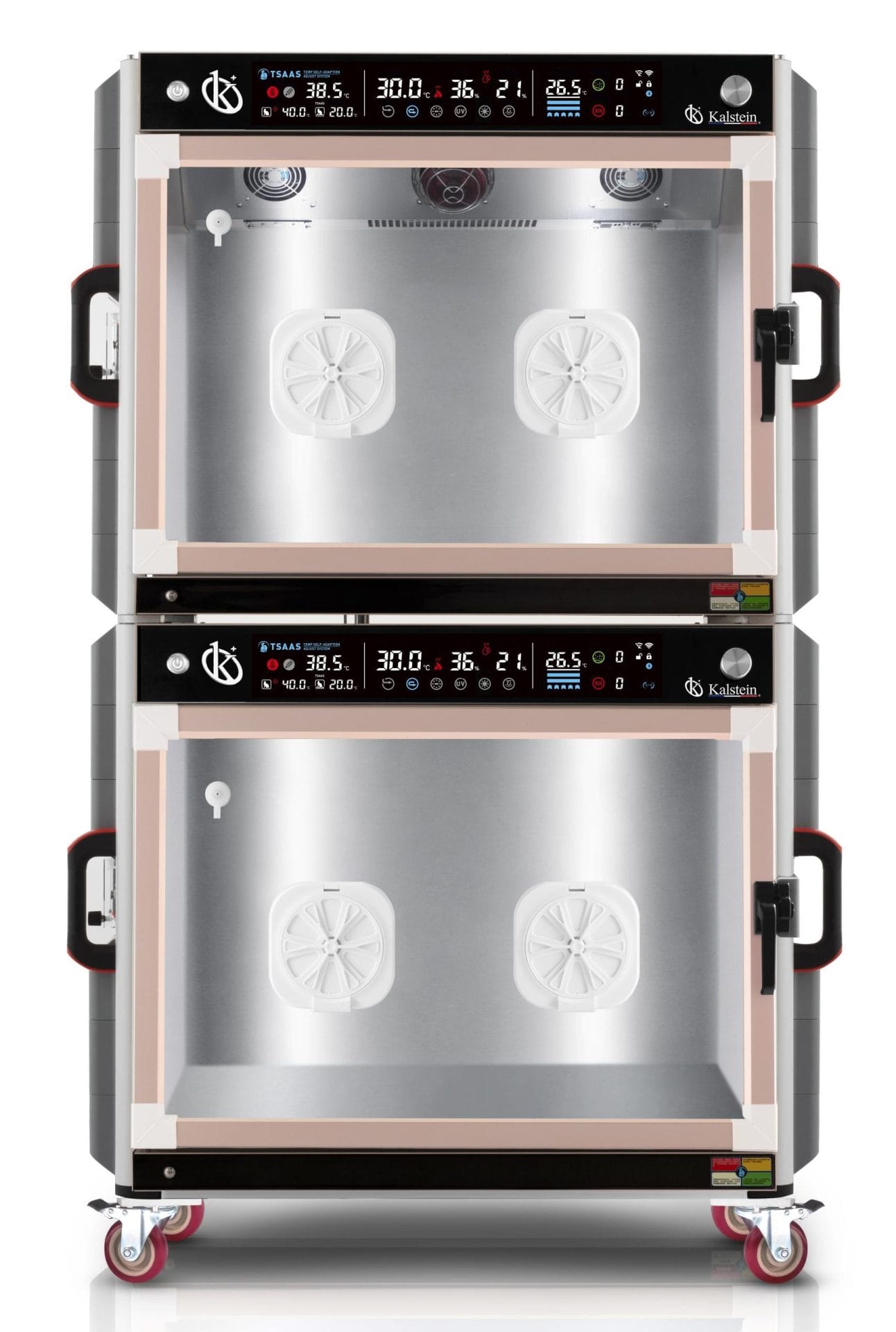Phototherapy is a therapeutic methodology in which electromagnetic radiation (light) is used, with the aim of treating neonatal hyperbilirubinemia. Phototherapy causes the transformation of bilirubin into water-soluble photoisomers that can be excreted in feces and urine, without the need to conjugate in the liver.
It is recommended in cases where there is an abnormal increase in indirect bilirubin levels (neonatal hyperbilirubinaemia) and it is always carried out by medical order. It is a useful, effective and economical technique.
What is neonatal jaundice?
Jaundice refers to yellowing of skin and mucous membranes caused by accumulation or deposition of bilirubin. In newborns, the pathological increase in bilirubin is most often secondary to the destruction or lysis of red blood cells, since the concentration of these cells is higher in the fetus in order to make better use of the scarce amount of oxygen available in the uterine interior.
After the baby is born, the amount of red blood cells is no longer needed, so a large number of them are naturally destroyed, causing an increase in the release of hemoglobin into the bloodstream that will be subsequently converted to indirect or unconjugated bilirubin (liposoluble) by a series of biochemical reactions.
Purpose of phototherapy
The main objective is to reduce serum bilirubin levels and prevent or avoid toxic accumulation in the brain, since indirect bilirubin can cross the blood-brain barrier generating neuronal damage when present in excessive amounts by its neuronal toxicity effect, which can lead to permanent neurological sequelae in the patient.
Therefore, in the presence of severe hyperbilirubinemia of the newborn, it is important to start phototherapy without delay. There is a close relationship between the dose of phototherapy and the percentage of decrease in serum bilirubin levels. The main advantage of phototherapy is that it allows to treat neonatal jaundice safely, innocuously, easily and with excellent results, especially in the case of premature babies.
What is the neonatal phototherapy protocol?
Phototherapy consists of the irradiation of light on the naked skin of the child locally. The light penetrates into the interior light of the skin blood capillaries causing a series of photochemical reactions on the bilirubin producing non-toxic and water-soluble metabolites that are easily eliminated through urine and feces. The administration of phototherapy will depend on the bilirubin levels, age of life, gestational age at birth and the clinical status of the newborn.
The protocol of phototherapy is a simple protocol, it is based on the placement of a light at a distance of 30-40 cm of the naked body surface of the newborn previous placement of radiopaque glasses and elimination of any cream or lotion of the skin.
What does Kalstein offer you?
Kalstein is a company MANUFACTURER of medical and laboratory equipment of the highest quality and the best technology at the best PRICES in the market, so you can make your PURCHASE with us, knowing that you have the service and advice of a company specialized in the field and committed to provide you with safe, economical and effective options for the performance of your functions in the right way. This time we present our Child Bilirubin Phototherapy Unit YR02194. Our line of phototherapy products provides you with the reliability and stability of LED light intensive phototherapy for your baby patient. The unit has a long service life providing between 20,000 and 0,000 hours of light therapy. This device has the following features:
- LED fluorescent lamp as radiant elements of phototherapy.
- The curing angle of the lamp can be adjusted horizontally.
- The height of the lamp head can be adjusted.
- The stainless steel bracket can be adjusted.
- Wheels can be locked
- Timer to record phototherapy operation.
- Use in incubators, irradiant heat moses and any type of moses.
For more information we invite you to take a look HERE




